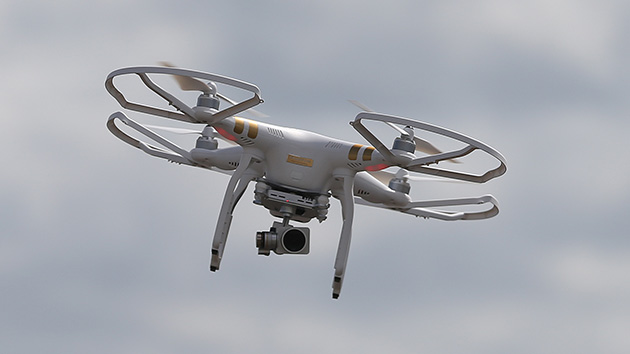Pink bollworms are a species of pest (they’re baby moths) that love to feast on cotton. They’ve been largely eliminated from the United States, but flare-ups do occur now and then, causing an expensive headache for farmers. So the US Department of Agriculture is experimenting with an innovative but also kind of weird and gross solution, which you can see in the video above.
The process starts by raising bollworms in a lab that are fed a red, oil-based dye. When the bollworms mature into moths, the coloration stays with them, so they can be distinguished from wild moths. The lab moths are blasted with radiation, which makes them sterile. Then they’re released into the wild over fields with bollworm infestations. When the sterile lab moths mate with the wild ones, they’re tricked into thinking they’re going to reproduce, but don’t. So no new moths.
Scientists have experimented with releasing sterile moths for the last few years. But now, they’ve enlisted a new tool: drones equipped with moth cannons. Anytime a bollworm infestation pops up, just call in a drone to deliver a few thousand irradiated moths.















